Canada should be a global energy supplier of choice because we have the highest standards for protecting people and the planet.
We are 4th in the world on the clean technology index and we should be proud. #MoreCanada 
Alberta
Canada Action on the proposed Teck Frontier Mine

#visionCanada2119
In an effort to help Albertans and Canadians understand each other and have meaningful conversations about energy, the environment, and the economy, Todayville presents this informative post from Canada Action. We invite you to share your questions, comments and concerns. Please note the first time you comment on a Todayville story you will be asked to register as a user. Once registered you are also invited to contribute your own original posts to Todayville’s front page. Thank you for taking part in these important community conversations.

Diagrams and thumbnail photo from Teck.com
From Canada Action
Teck Frontier Mine: 8 Facts You Must Know
With the federal government’s decision on the Teck Frontier Mine coming soon (in February), there’s some important details about this new oil sands project that need to be brought into the limelight.
Teck’s new oil sands mine in northern Alberta will be one of the most innovative projects of its kind to-date, making use of industry-leading technologies to:
> Reduce greenhouse gas (GHG) emissions intensity
> Minimize water use and protect water quality
> Reclaim land as soon as mining begins
> Ensure safe, secure tailings storage with leading-edge technology
> Prevent or mitigate possible impacts to wildlife
Fact #1: Global Oil Demand is Growing
But before we discuss these further, it’s essential we are all reminded of the paramount fact that global oil demand is projected to grow by nearly 10 million barrels per day between now and 2040, as outlined in the International Energy Agency’s (IEA) most recent World Energy Outlook 2019.
Heck, that’s the whole reason why Teck has proposed this massive new oil sands mine in the first place. If oil sands growth forecasts by the Canadian Energy Regulator (CER)and U.S. Energy Information Administration (EIA) come even close to being true, with production increasing 50% by 2040 and even more so by 2050, the new Teck Frontier Mine is just a small part of the puzzle for Canada’s energy industry going forward.
We know about projected growth for oil and natural gas demand in the foreseeable future, so why would anyone not want Canada to have as much market share as possible? As one of the most transparent, regulated and environmentally responsible petroleum producers on the planet, it only makes sense that Canada should be one of the last producers “out of the pool.”
> Canadian Oil is in the World’s Best Interest: ESG Scorecard
> Canada Ranks 6th on Democracy Index 2018 (ESG Criteria)
> Canada Tops Environmental Performance Index Among Top 10 Oil Exporters
Canada’s record of oil and gas production is exemplified by Teck’s initiatives to make Frontier one of the best-in-class oil sands mines ever built in regards to both the environment and Indigenous support.
Fact #2: Land Reclamation Will Begin as Soon as Mining Starts
> Land reclamation will begin as mining progresses, adhering to strict regulations set forth by the Alberta Energy Regulator (AER)
> The actual footprint of active mining will be smaller than the total project area due to on-going reclamation efforts
> With a size of about 292 square kilometres, the mine’s total surface area is about half the size of Edmonton but this land will not be all disturbed at once
Fact #3: Frontier Will Have a Carbon Intensity Less than 50% of USA Refineries

> GHG emissions intensity of the Frontier project will be about 50% less than the oil sands industry average
> Carbon intensity of the Frontier project will be less than half of the oil currently refined in the United States
> Energy efficient mining processes and cogeneration are among the industry-leading technologies that will help reduce GHG emissions
Fact #4: Extensive Work on Prevention & Mitigation for Wildlife
> Extensive assessments of potential effects on fish, wildlife and their habitat have been conducted to ensure the right steps are taken to prevent and mitigate effects during operations and after the mine is closed
> Any affected wildlife habitat will be fully reclaimed to a “…self-sustaining ecosystem with local vegetation and wildlife.” – AER
Fact #5: Frontier Will Have the Lowest Water Use Intensity

> Teck’s Frontier Mine will have one of the lowest water use intensities in the oil sands
> About 90% of water used to process the bitumen will be recycled, minimizing fresh water withdrawals from the Athabasca river
> Off-stream water storage will help to reduce water withdrawals from the river during low flow periods
> Safeguards will ensure water quality is protected and there are no leaks into the water table
Fact #6: Leading-Edge Tailings Management & Technology
> Teck’s Frontier Mine project will use state-of-the-art practices to create a safe and secure placement for tailings
> Centrifuges will de-water tailings fluid before placement mined-out pits, eliminating the need for dams after operations cease and providing increased levels of security for tailings containment in the process
Fact #7: All 14 Indigenous Communities Support the Project

> All 14 Indigenous groups in the region where the Teck Frontier Mine is proposed support the project. They include:
- Athabasca Chipewyan First Nation
- MikisewCree First Nation
- Fort McKayFirst Nation
- Fort Chipewyan Métis
- Fort McKayMétis
- Fort Mc Murray Métis1935
- Fort McMurrayFirst Nation #468
- MétisNation of Alberta- Region One and it’s member locals
- Athabasca Landing Local # 2010
- Buffalo Lake Local # 2002
- ConklinLocal # 193
- Lac La BicheLocal # 1909
- Owl River Local # 1949
- Willow Lake Local # 780
Fact #8: Teck Frontier Mine a Much-Needed Boon for the Energy Sector
> Frontier will employ up to 7,000 people during peak construction
> An additional 2,500 people will be employed throughout operations over a project life of 41 years
> 75,000 person-years of employment generated by the construction of Frontier
> $55 billion generated in provincial taxes and royalties
> $12 billion generated in federate corporate income and capital taxes
> $3.6 billion generated in municipal property taxes
Teck’s investment of $20.6 billion in northern Alberta comes at a time where a lack of new pipeline capacity and strangulating regulations have been choking the life out of one of Canada’s most valuable industries.
Frontier will create thousands of new employment opportunities, tens of billions in government revenues and provide a much-needed boost to an industry that has seen countless jobs and investor cash flee in droves to more competitive oil and gas producing jurisdictions over the past five years.
Much like the Trans Mountain Pipeline expansion, an approval of Teck’s Frontier Mine would help to restore investor confidence in Canada’s energy sector.
With the Trans Mountain Expansion, Keystone XL and Line 3 Replacement set to add more than a million barrels of additional pipeline capacity for Canada in the near future, it only makes sense that this project – with its low carbon intensity and leading-edge environmental initiatives – should provide some of the oil necessary to fill those pipes.
Learn more – Pipelines in Canada: What You Should Know

Canada Action is an entirely volunteer created grassroots movement encouraging Canadians to take action and work together in support of our vital natural resources sector. We believe it’s critical to educate Canadians about the social and economic benefits provided by the resource sector and industry’s commitment to world-class environmental stewardship. We’re strong supporters of Canada’s oil sands and the resource sector generally because we know how important these industries are to Canada’s present and future prosperity.
We’re committed to engaging Canadians in a more informed conversation about resource development, about how important it is to our society and about how we’re doing it well today and improving our practices for the future. We believe that by educating Canadians on the importance of the country’s resource sector – they’ll act on that information, stand up and make their voices count.
Agriculture
Lacombe meat processor scores $1.2 million dollar provincial tax credit to help expansion
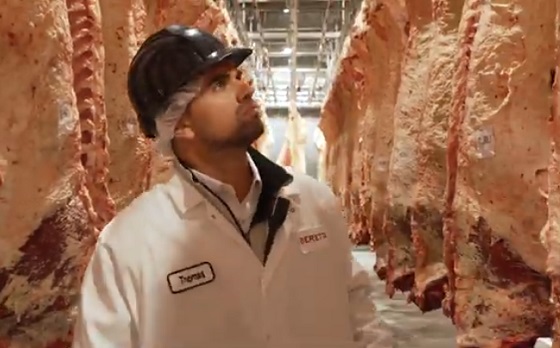
Alberta’s government continues to attract investment and grow the provincial economy.
The province’s inviting and tax-friendly business environment, and abundant agricultural resources, make it one of North America’s best places to do business. In addition, the Agri-Processing Investment Tax Credit helps attract investment that will further diversify Alberta’s agriculture industry.
Beretta Farms is the most recent company to qualify for the tax credit by expanding its existing facility with the potential to significantly increase production capacity. It invested more than $10.9 million in the project that is expected to increase the plant’s processing capacity from 29,583 to 44,688 head of cattle per year. Eleven new employees were hired after the expansion and the company plans to hire ten more. Through the Agri-Processing Investment Tax Credit, Alberta’s government has issued Beretta Farms a tax credit of $1,228,735.
“The Agri-Processing Investment Tax Credit is building on Alberta’s existing competitive advantages for agri-food companies and the primary producers that supply them. This facility expansion will allow Beretta Farms to increase production capacity, which means more Alberta beef across the country, and around the world.”
“This expansion by Beretta Farms is great news for Lacombe and central Alberta. It not only supports local job creation and economic growth but also strengthens Alberta’s global reputation for producing high-quality meat products. I’m proud to see our government supporting agricultural innovation and investment right here in our community.”
The tax credit provides a 12 per cent non-refundable, non-transferable tax credit when businesses invest $10 million or more in a project to build or expand a value-added agri-processing facility in Alberta. The program is open to any food manufacturers and bio processors that add value to commodities like grains or meat or turn agricultural byproducts into new consumer or industrial goods.
Beretta Farms’ facility in Lacombe is a federally registered, European Union-approved harvesting and meat processing facility specializing in the slaughter, processing, packaging and distribution of Canadian and United States cattle and bison meat products to 87 countries worldwide.
“Our recent plant expansion project at our facility in Lacombe has allowed us to increase our processing capacities and add more job opportunities in the central Alberta area. With the support and recognition from the Government of Alberta’s tax credit program, we feel we are in a better position to continue our success and have the confidence to grow our meat brands into the future.”
Alberta’s agri-processing sector is the second-largest manufacturing industry in the province and meat processing plays an important role in the sector, generating millions in annual economic impact and creating thousands of jobs. Alberta continues to be an attractive place for agricultural investment due to its agricultural resources, one of the lowest tax rates in North America, a business-friendly environment and a robust transportation network to connect with international markets.
Quick facts
- Since 2023, there are 16 applicants to the Agri-Processing Investment Tax Credit for projects worth about $1.6 billion total in new investment in Alberta’s agri-processing sector.
- To date, 13 projects have received conditional approval under the program.
- Each applicant must submit progress reports, then apply for a tax credit certificate when the project is complete.
- Beretta Farms has expanded the Lacombe facility by 10,000 square feet to include new warehousing, cooler space and an office building.
- This project has the potential to increase production capacity by 50 per cent, thereby facilitating entry into more European markets.
Related information
Alberta
Alberta Next: Alberta Pension Plan

From Premier Danielle Smith and Alberta.ca/Next
Let’s talk about an Alberta Pension Plan for a minute.
With our young Alberta workforce paying billions more into the CPP each year than our seniors get back in benefits, it’s time to ask whether we stay with the status quo or create our own Alberta Pension Plan that would guarantee as good or better benefits for seniors and lower premiums for workers.
I want to hear your perspective on this idea and please check out the video. Get the facts. Join the conversation.
Visit Alberta.ca/next
-

 Agriculture2 days ago
Agriculture2 days agoCanada’s supply management system is failing consumers
-

 Business1 day ago
Business1 day agoCanada’s loyalty to globalism is bleeding our economy dry
-

 armed forces24 hours ago
armed forces24 hours agoCanada’s Military Can’t Be Fixed With Cash Alone
-

 Alberta1 day ago
Alberta1 day agoCOVID mandates protester in Canada released on bail after over 2 years in jail
-

 International1 day ago
International1 day agoTrump transportation secretary tells governors to remove ‘rainbow crosswalks’
-

 Business1 day ago
Business1 day agoCarney’s spending makes Trudeau look like a cheapskate
-

 Alberta23 hours ago
Alberta23 hours agoAlberta Next: Alberta Pension Plan
-

 Crime1 day ago
Crime1 day agoProject Sleeping Giant: Inside the Chinese Mercantile Machine Linking Beijing’s Underground Banks and the Sinaloa Cartel


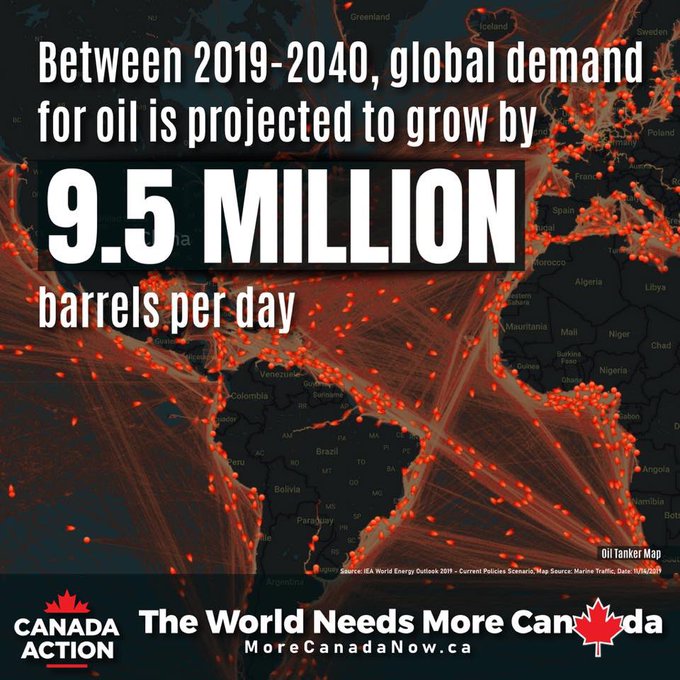
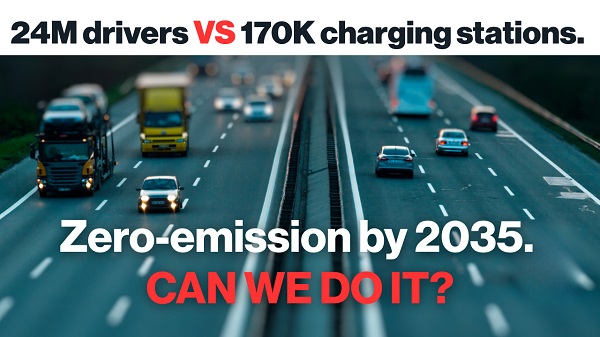
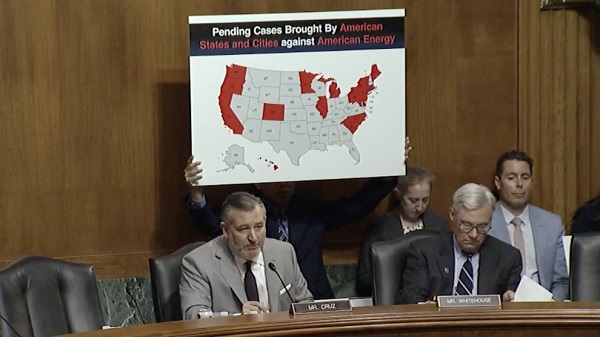




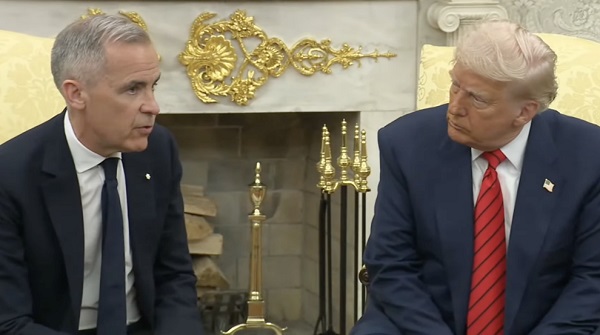
You must be logged in to post a comment Login